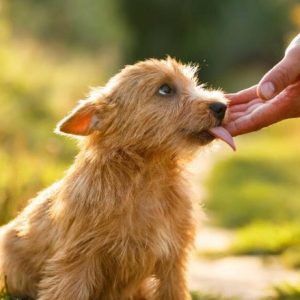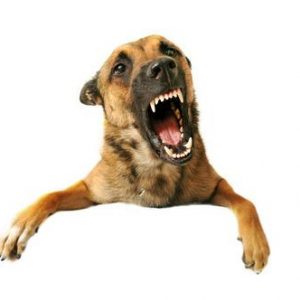Dogs, our loyal companions, are not immune to the green-eyed monster we humans often associate with jealousy. However, what we perceive as jealousy in dogs is actually a manifestation of their anxiety and resource guarding instincts. This behavior can surface in various contexts, such as the introduction of a new furry friend or the excitement brought by a new family member. Recognizing and addressing these signs is crucial in maintaining a harmonious household and ensuring the well-being of all its members.
The Roots of Canine Anxiety
The behaviors we attribute to jealousy in dogs are actually a response to the perception of scarcity or the introduction of a novel element that disrupts their environment. This anxiety can manifest as aggression between dogs or as anxious behaviors directed towards humans or specific objects. The triggers for these behaviors can range from food and toys to the attention of a beloved human.
Why Dogs Guard Resources
Dogs may guard resources due to a perceived lack of availability or as a reaction to a change that feels threatening. This can lead to behaviors such as growling, barking, or staring when they feel the need to protect something valuable to them. The introduction of a new dog or person can disrupt their routine and introduce unfamiliar experiences, sounds, and smells, increasing their anxiety.
Recognizing Signs of Anxiety in Dogs
Anxious dogs may display a variety of behaviors, including staring at another dog or person for extended periods, growling or baring teeth, physically intervening between their owner and the perceived threat, and marking territories with urine. Understanding these signs is the first step towards addressing the underlying anxiety.
Approaches to Mitigating Anxious Behaviors
A tailored approach is key to managing canine anxiety. Working with a professional dog trainer and consulting a veterinarian can help develop a plan that suits your dog’s specific needs. General strategies include establishing a structured routine, teaching specific commands, and providing separation for safety during adjustment periods. In some cases, anti-anxiety supplements or medications may be recommended.
Creating a Safe Environment for Your Dog
Separating dogs during high-arousal situations, such as meal times or when toys are present, can prevent conflicts. Providing each dog with a safe space, like a crate used positively, can offer a sanctuary where they can feel secure and enjoy their rewards without fear. Training dogs to respond to commands can also help establish order and reduce anxiety.
Training and Consistency: The Path to Harmony
Consistent training and clear, uniform commands can guide dogs on how to behave in various situations. This is particularly useful when introducing a new person to the household. Regular routines, exercise, and positive reinforcement can help dogs adjust and feel secure, preventing the escalation of aggressive behaviors.
Seeking Professional Help
In cases of persistent aggression or extreme anxiety, it is essential to collaborate with a veterinarian and a professional dog trainer who uses positive reinforcement techniques. Additional safety measures, such as using basket muzzles or walking dogs separately, can be implemented to prevent injuries.
Preventing escalation and ensuring the safety of all members, both canine and human, is paramount. With patience, consistency, and positive reinforcement, most dogs can learn to coexist peacefully, enriching the lives of their families and themselves.





